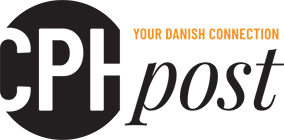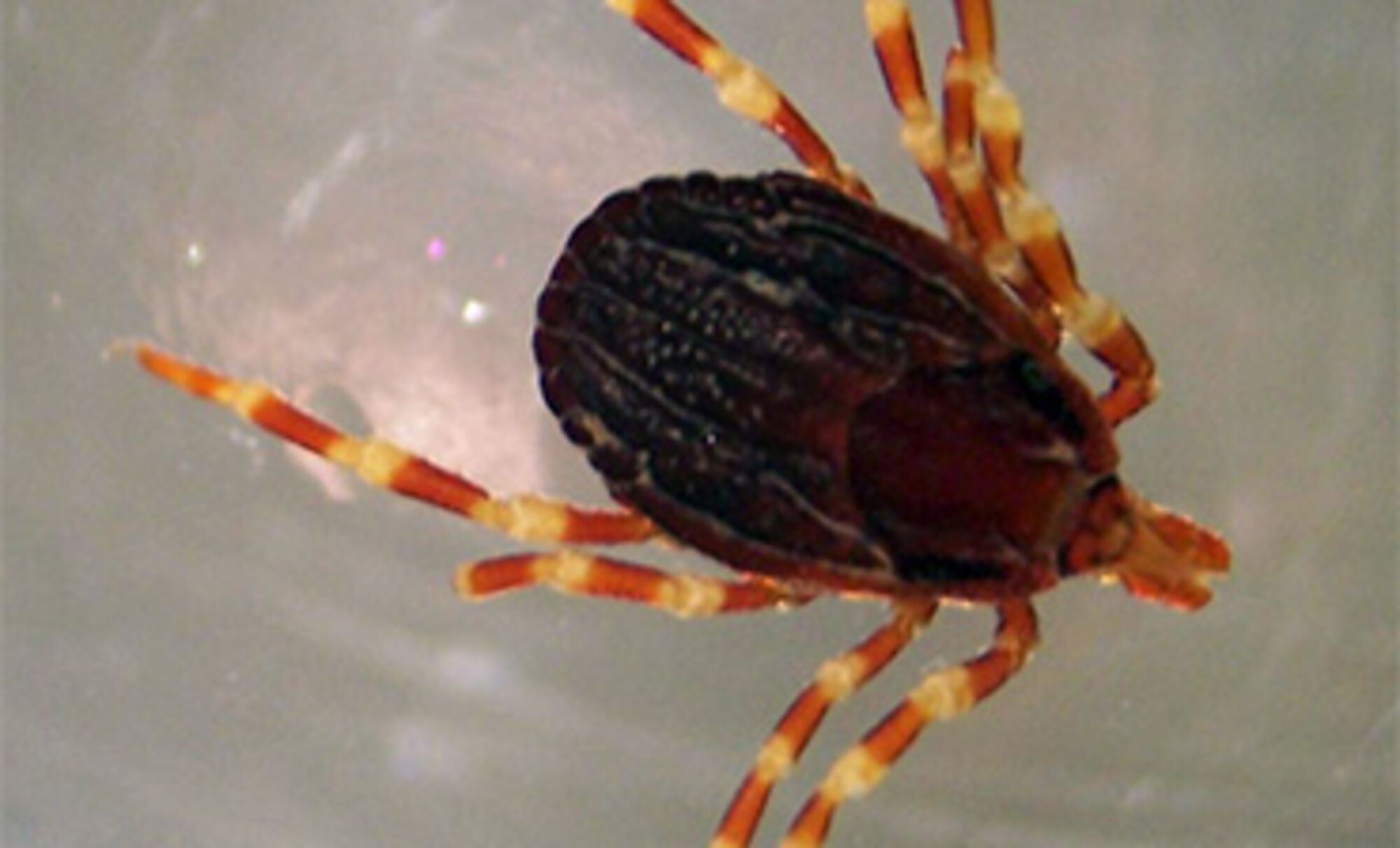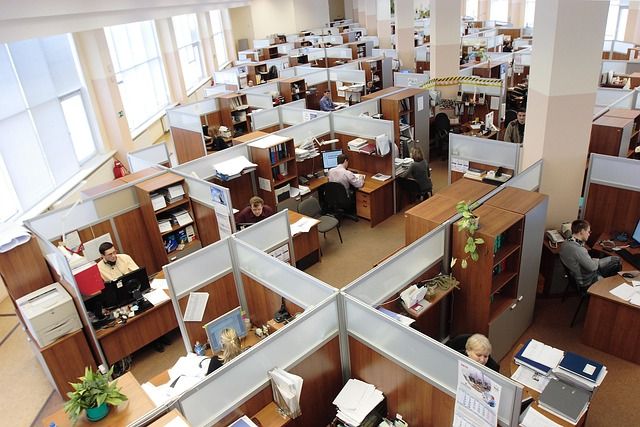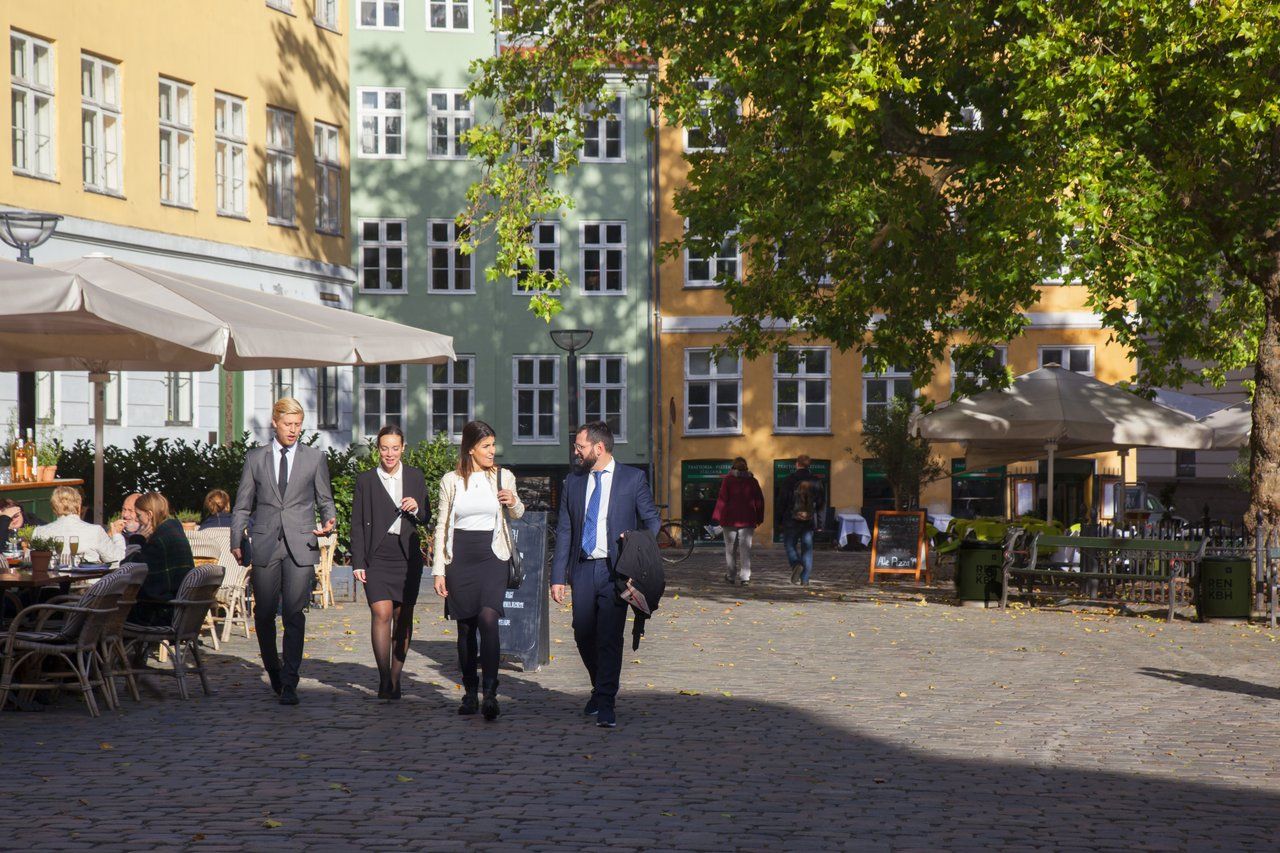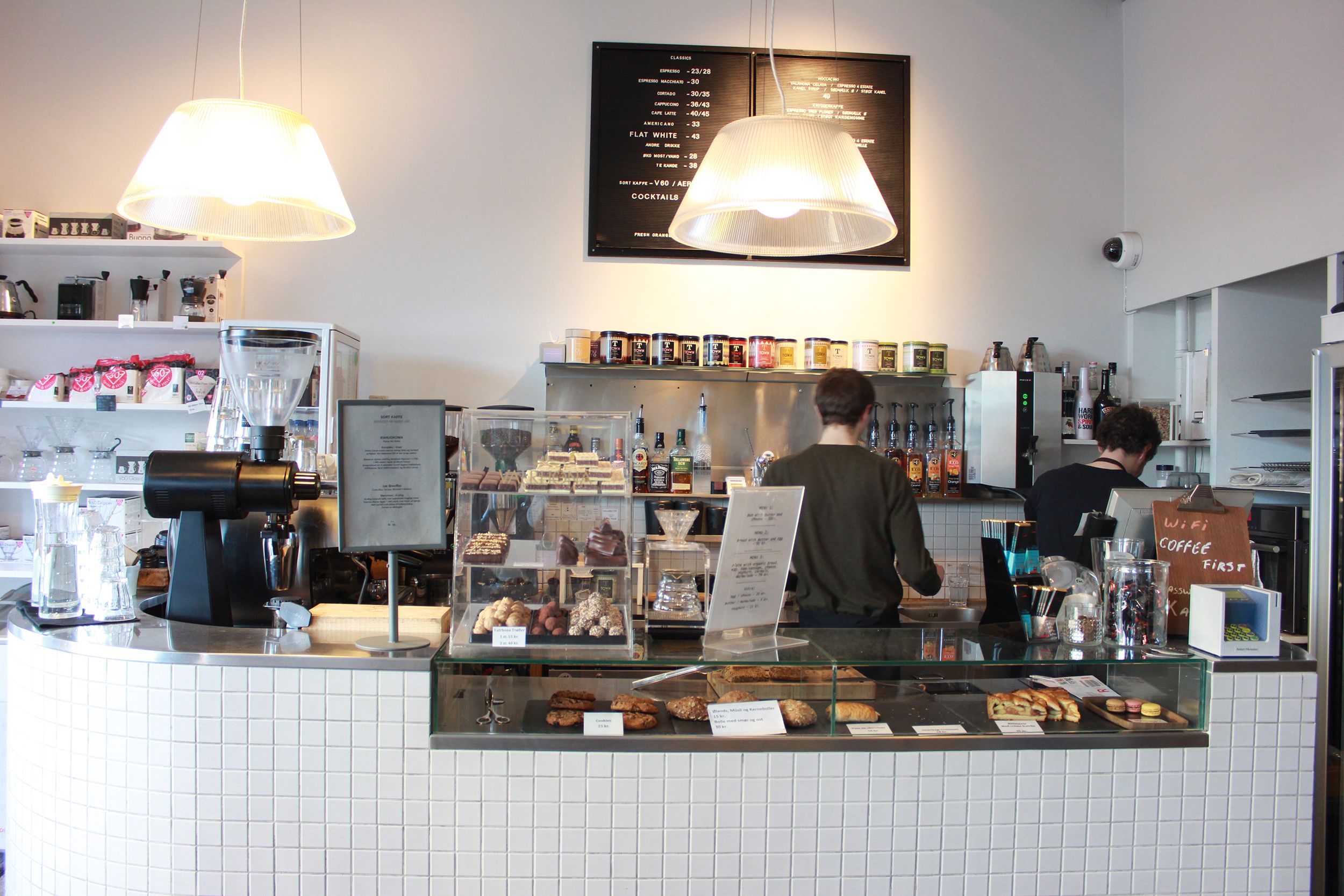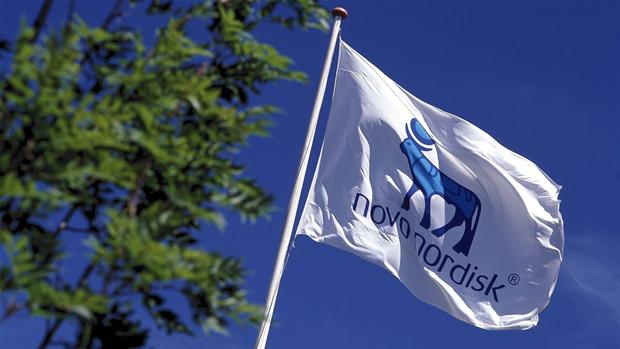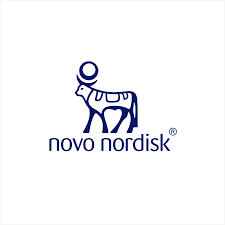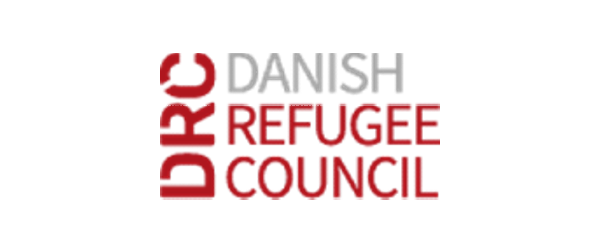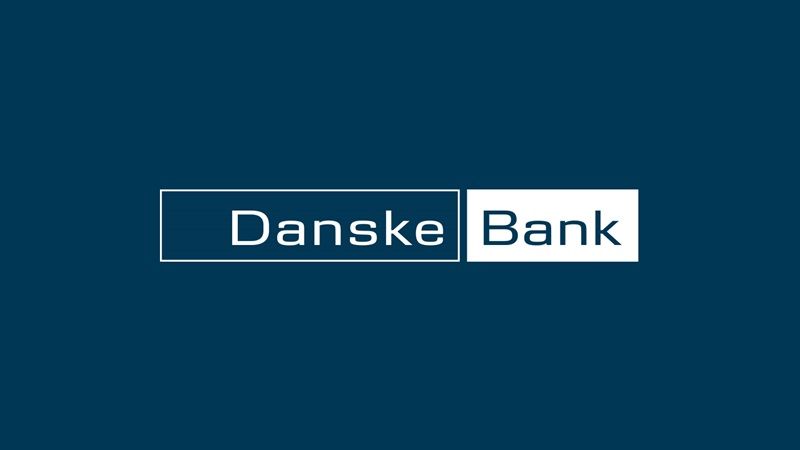For any parent it would be a terrible dilemma. Their child is desperately ill with a rare disease and their only hope is to create a compatible donor by having another baby specifically designed to save the first child. Is this a valid reason to bring a child into the world?
They are called ‘spare parts babies’ or ‘saviour siblings’ and Denmark now has its first.
Aarhus University Hospital recently announced that, after trying for five years, a couple was successful in conceiving a baby whose stem cells could be used to rescue the life of their seriously ill older child. The baby, a boy, is now nine months old. The news has once again sparked the debate surrounding the ethics of designing a child whose principal role is to supply the umbilical cord blood and stem cells needed to save the life of a sibling.
“This is groundbreaking,” Dr Jakob Ingerslev of Aarhus University Hospital’s fertility clinic, where the new child was born, told Jyllands-Posten newspaper. “It is the first time in Denmark that a child has been born that was conceived to supply the umbilical cord blood that could rescue a sibling.”
Ingerslev will not identify the family, but said that they had also conceived a child in 2009 whose blood and tissue matched their older son’s, but decided to abort the pregnancy when it was discovered that the foetus had Down’s syndrome.
Ingerslev said that the decision to end the earlier pregnancy proved that the parents were not just looking for a ‘spare parts baby’, but indeed wanted to have another healthy child.
“They aren’t just looking for parts,” he said. “Otherwise, they would have kept the Down’s syndrome child.” Not everyone considers Denmark’s first saviour sibling to be good news.
Thomas Ploug, a professor at Aalborg University Copenhagen in Ballerup and a member of the Ethics Council, says he believes that it is important that children are brought into the world for their own sake.
“I understand the terrible situation of the parents and admire their efforts to help their child,” said Ploug. “But I am worried that this is another case that seems to question the value of individual human life and dignity. This does not rule out the legitimacy of creating a child for the sake of a sibling, but it is important that the parents are aware of the value of each child for its own sake.”
The older brother of the child in Aarhus is waiting to receive a transfusion of cells, which were taken from the umbilical cord of his baby brother and will be injected into his bone marrow.
The operation is similar to the one that saved the life of Charlie Whitaker, a British boy who suffered a rare genetic condition and was saved by stem cells transplanted from the umbilical cord of his brother Jamie, who was born by in vitro fertilisation specifically to provide a tissue match.
The Whitakers had to go to the United States for the procedure that was banned at the time in Britain.
Much of the debate surrounding rearing so-called ‘harvest children’ has been about the psychological impact on those children born specifically to save older siblings. Some believe that it is totally unethical to bring a child into to the world to be what they see as a commodity rather than a person.
In a paper written around the time of the Whitaker case entitled ‘Should selecting saviour siblings be banned?’, professors Sally Sheldon and Stephen Wilkinson of the Centre for Professional Ethics in the United Kingdom concluded that a ‘saviour child’ may actually develop a deeper sense of self worth than a baby conceived for ‘normal’ reasons.
“The fact that the parents are willing to conceive another child to protect the first suggests that they are highly committed to the well-being of their children, and that they will value the second child for its own sake as well,” observed their paper.
